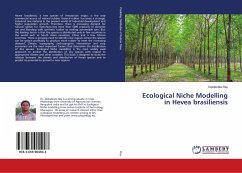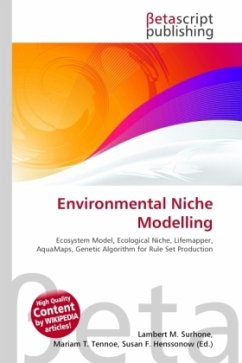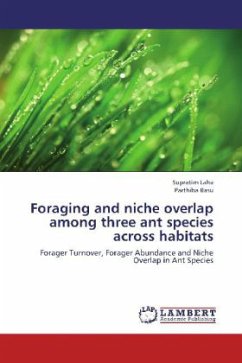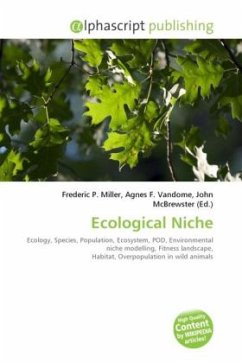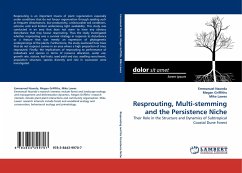The Island of Crete found in Greece is a magnificently beautiful place with both endemic and threatened biodiversity. This work focuses on three amphibians one of which is endemic to the Island. Pelophylax cretensis, Hyla arborea and Bufo viridis have been found to be highly threatened on the Island. P.cretensis is a purely aquatic species that depend solely on ponds and wetlands scattered across the Island. H. arborea on the other hand is a tree frog that depend on marshy areas for its existence whiles B. viridis seems to be the generalist of the three species. All three species are facing serious threat from human encroachment and climate change. The change in land use over the years has resulted in the loss of several ponds and marshy areas that used to support these three amphibians. Several research show that the Island will be greatly affected by climate change. This work assessed the current distribution of the three species using both environmental and topographic factors. Future distributions of the three species were also predicted using future climatic conditions and potential land use change. Results obtained show there will be significant impact on the three species.
Bitte wählen Sie Ihr Anliegen aus.
Rechnungen
Retourenschein anfordern
Bestellstatus
Storno


